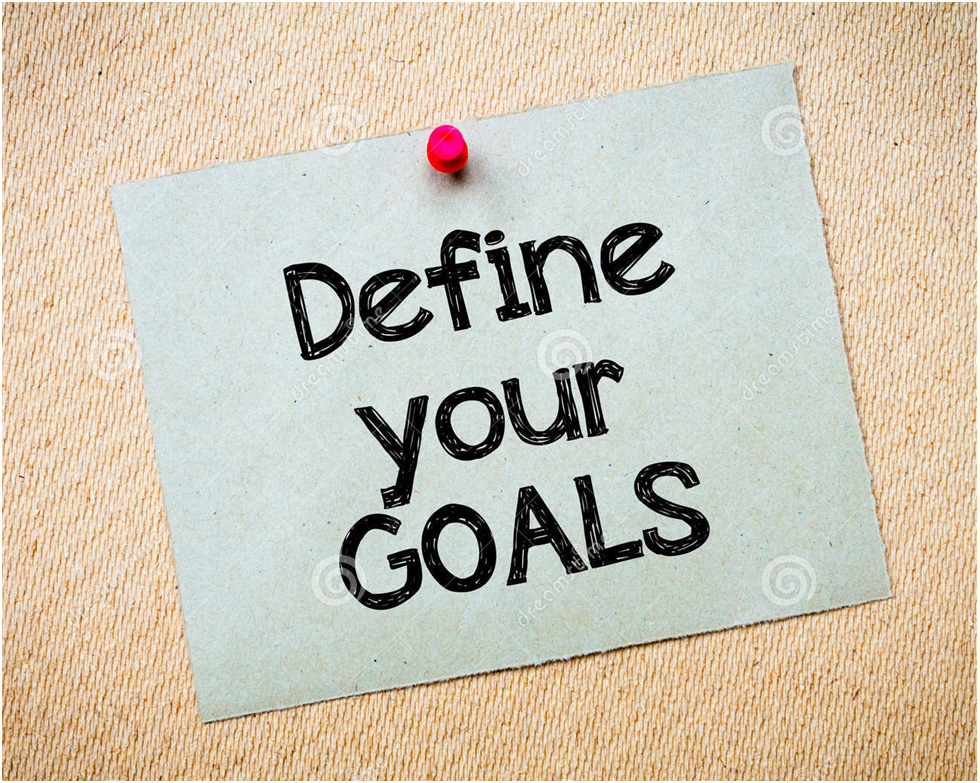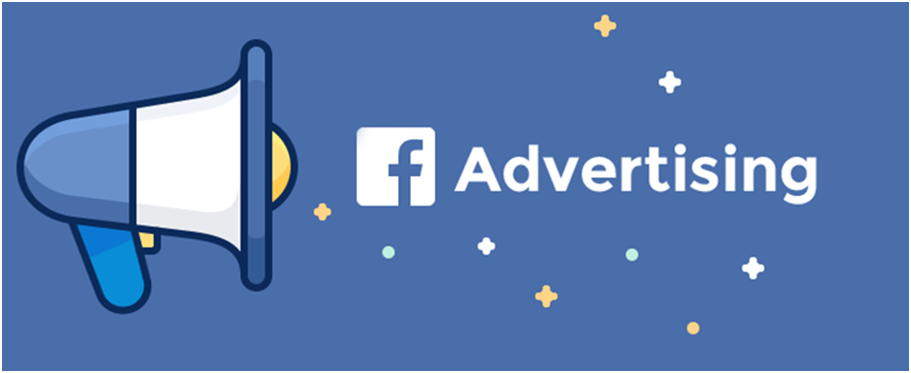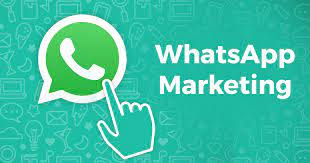Facebook Marketing in 2023: A VERY Complete Guide
Facebook Marketing in 2023: A VERY Complete Guide
Potential customers are already looking for businesses like yours on Facebook. A smart Facebook marketing strategy is the only way to connect with them. Facebook marketing isn’t optional. Facebook is the most used social platform in the world, pulling in 2.29 billion daily active users. It’s not all vacation pics and humblebrags either. For 53.2% of internet users ages 16-24, social media is their primary source of brand research. And, 66% of all Facebook users check out a local business Page at least once a week. Truth time: You need to be on Facebook. But what should you do first? Do you need to run ads? What should you post about? Does creating a business Page mean you’re in the metaverse? The answers to all your questions are ahead, plus a step-by-step process to start your Facebook marketing journey off right.
What is Facebook marketing?
Facebook marketing tactics can include:
- Organic text, photo, or video content
- Paid, or “boosted,” text, photo, or video content
- Facebook Stories and Reels
- Facebook ads
- Facebook Groups
- Contests and giveaways
- Facebook Messenger chatbots or auto-responders
- Influencer marketing campaigns
- How to set up Facebook for business
- For those working with a limited or zero budget: You can do Facebook marketing completely for free. Optionally, you can accelerate your growth with paid services, like Facebook ads, boosted content, or influencer/partnership campaigns. Let’s start at the beginning: Your business’ Facebook Page. Whether you only do this and share organic content, or follow the rest of the tips in this article, you need to have a Page.
Create a Facebook Business Page
1. Sign in to Facebook with your personal account. Your personal information won’t show on your Page, but you can also create a new Facebook account with a work email address if you prefer.
2. Open the menu (the nine dots on the right side) and click Create, then Page.
3. To create your Page, enter:
a. Name: Your business name
b. Category: Start typing to see the available options. For example, “retail” or “restaurant.”
c. Description: A sentence or two describing what your business does. You can edit this later.
4. Congrats! Your Page is live. Click Edit Page Info to add more to your About section, add a website URL, and more. I’ll cover exactly how to optimize your new Page later in this article.
Get verified on Facebook (optional)
You don’t need it, but it helps. How do you get that little blue checkmark like the cool brands? Verified Pages mean Facebook has checked to ensure the person or brand is who they say they are. It communicates trust (which is important since 72% of people say they distrust Facebook).Technically, getting verified is as simple as filling out a form. But really, Facebook only verifies profiles and Pages belonging to businesses or well-known public figures. It can be difficult to get a personal profile verified, but it’s quite easy for businesses of all sizes, especially if you have a physical location. The key is ensuring your proof of identity links are independent, non-promotional content from high-quality sources. Check out our complete Facebook verification guide for more tips.Open a Facebook ads account (optional)
It’s a good idea to set up a Facebook ads account even if you don’t plan to use it right away. Once you have a business Page set up, go to Facebook Ads Manager (now part of Meta Business Suite). You can add an existing Facebook ads account or follow the prompts to create a new one. Now you can start an automated campaign, create your own campaign from scratch, or promote (“boost”) existing Page content. Not sure if you’re ready for Facebook ads? I’ve got tips on when and how to start later in this article.
How to create a Facebook marketing strategy in 7 easy steps
1. Define your audience
Before you do anything, you must first define who your ideal potential customer is and what they want on Facebook. Then, create a marketing and content strategy around that. Every article about social media marketing says this Because it’s rue. At minimum, you need to define your target audience by answering the following:
- What age range do they fall in?
- Where do they live?
- What types of jobs or job responsibilities do they have? (Most relevant for B2B brands.)
- What problem do they have with [your industry/product]? (And how are you the solution?)
- How and when do they use Facebook? (At work, home, doom scrolling before bed?)
Not sure where to start? If you already have followers on your Facebook Page, check out Audience Insights inside Meta Business Suite to see the demographics of your existing audience.
2. Define your goals
But it’s not always about money. Other common goals for a Facebook Page are to:
- Build brand awareness
- Improve customer service
- Maintain a consistent brand image across social media
- Bring in traffic to a physical location
Your Facebook marketing goals will depend on your overall marketing strategy. (Need a refresh? We’ve got a free marketing plan template for ya.)
If you’re up for more no-BS advice, check out this post about setting social media goals and how to measure them.
3. Plan your content strategy
No need to overcomplicate this. Your content strategy is:
- What you’ll post
- When you’ll post it
What to post
Will you share behind-the-scenes glimpses of your process? Will you post exclusive discounts? Will you stick to business, or include some fun and games?
Let your imagination run wild with ideas— Ha! Just kidding. You’re gonna post what your audience wants, right? From all that research you did in step 1, right?
Creativity is encouraged, though. Blend what you know about your target audience with what you think will perform well. (Past—we’ve researched all the best social media trends so you don’t have to.)
Think of your Facebook content strategy like buckets. Each bucket is a topic.
For example:
- Industry news
- Company news
- Tuesday Tips, where you share a short tutorial for your software
- Reviews/testimonials
- New products and promotions
You get the idea. And you know what makes everything, including creativity, more fun? Rules!
A few classic social media content strategy rules to consider:
- The rule of thirds: One third of your content is your ideas/stories, one third is direct interaction with your audience, and the last third is promotional content.
- The 80/20 rule: 80% of your content should inform, entertain, and educate, and the remaining 20% can be promotional.
When to post it
Once you’ve decided what to post, deciding when to post it is the last puzzle piece.
As mentioned earlier, Facebook Audience Insights can help here, although our research has found the best times to post on Facebook are between 8:00AM to 12:00PM on Tuesdays and Thursdays.
Not so fast. That’s a massive generalization. Like everything else in your strategy, experiment! Try different times and see when you get the most engagement.
It’s easy to stay on track with Hootsuite Planner. Everyone on your team can see upcoming posts, collaborate on drafts, and identify any gaps before you reach an oh-crap-I-need-a-post-right-now content emergency.
The best part? Hootsuite’s powerful analytics will tell you when the best times to post are, based on your personalized data.
4. Optimize your Page
Whether you’ve just set up your Facebook business Page or had one for awhile, make sure you have:
- A profile photo—your logo works great—and a cover photo. (Check our social media image size guide for current specs.)
- A call to action button, such as Book Now.
- Contact information, including URL, phone number, and an email address.
- A detailed about section.
- A pinned post with your latest promotion, offer, or FAQ.
- A custom Page URL. (For example: www.facebook.com/hootsuite)
- An accurate business category. (Ours is “Internet company.”)
5. Try other Facebook tools
1. Create a Facebook Group
Groups require a lot of moderation and attention to be successful, but they can earn powerful results.
2. Drive engagement with Hootsuite Inbox
Hootsuite Inbox allows you to respond to DMs and comments from all your social platforms in one place. Besides replying faster, it also enables your entire team to manage communications without duplicating work or missing anything.
3. Try Facebook Marketplace for local sales
While you may think of Marketplace as simply the modern day replacement for Craigslist, it’s actually a powerful business sales channel, too.In 2022, Facebook Marketplace ads reach a potential 562.1 million people. While most sellers are people cleaning out their basements, business listings are welcome, including in lucrative categories like car and real estate sales (where regional laws permit).
It’s free to create listings, making it a must-try for local businesses. If you sell nationally, consider promoting your shop website, too.
6. Install Meta Pixel (formerly Facebook Pixel)
Meta Pixel is a small piece of code installed on your website to allow tracking, testing, targeting, and analytics for Facebook and Instagram ads. You only have to set it up once per website. (And wait, you’ve already linked your Instagram account to your Facebook page, right?)
To install Meta Pixel:
1. Log in to Facebook Events Manager. In the left menu, click Connect data sources.2. Choose Web as the data source and click Connect.
3. Name it and enter your website URL. Depending what your website runs on, there may be a one-click integration available. If not, follow the prompts to install the code manually.
4. Set up the events you want to track. From your Pixel’s Overview tab, click Add Events, then From the Pixel. Enter your URL and click Open website. You’ll be able to select buttons on your site to track as an Event with your Pixel. No coding required. Assign each button a role, such as “Purchase,” “Contact,” “Search,” and more. Ensure your browser allows pop-ups for this to work properly.
7. Try Facebook advertising
Facebook ads can skyrocket traffic and sales, but launching a campaign can be overwhelming. You’re also probably wondering how much Facebook ads cost. (Spoiler: It varies. You’re welcome.)Facebook ads reach the largest potential audience of any social platform, up to 2.11 billion people as of 2022. Put another way, that’s 34.1% of Earth’s entire population over age 13.If you want to begin social media advertising, Facebook is the best place to start for most businesses. There’s a lot to learn, but our step-by-step guide to creating your first Facebook ad campaign makes it easier.When to start using Facebook ads
The day after creating your shiny new business Page isn’t the best time to try out Facebook ads. But, letting someone else arbitrarily tell you when you’re ready isn’t the answer, either. Heh.Yep, as with most marketing things, there isn’t one correct answer or KPI that can tell you when to start experimenting with ads.I’d argue you should have these things first:- At least 100 Page Likes (followers)
- Meta Pixel set up
- Clear Facebook marketing goals
- At least 20 Page posts (ideally more)
- Multiple creative assets for each ad
- An A/B testing strategy
The easy way: Boost a post
“Boosting” a post is Facebook lingo for taking a regular Page post and turning it into an ad.
Boosting is the gateway ad those senior content marketers warned you about. Side effects of success include conversions, audience growth, and a newfound appreciation for digital advertising.
When you should consider it: If you’re completely new to Facebook advertising and want to test the waters. Boosted posts are relatively cheap since you specify your budget up front. Remember: Cheap isn’t effective if the ad isn’t accurately targeted.
Ready to hit turbo mode? Here’s how to boost a Facebook post the right way.
The full : Create your first Facebook ad campaign
Ad groups, creative options, launch dates, awareness ads, conversion ads, multiple formats, copy options… A full Facebook ad campaign is a lot of work.
It’s worth it. The combination of organic and paid Facebook content is the secret sauce to achieving all your social media ✨dreams. ✨
When you should consider it: You want to build focused momentum for a product launch, event, or other promotion.
Paid campaigns can work with budgets of all sizes, but spend time honing your targeting skills first. Experimenting with boosted posts can help dial this in.
You know when you see an ad and think wow, I’m the target market! Like finding out A&W has kids-size meals at 5:30pm on a hot summer Sunday when I know my soul will leave my body if I turn the oven on.
That’s how you want your ad’s viewers to feel: “This is for me.”


















Comments
Post a Comment